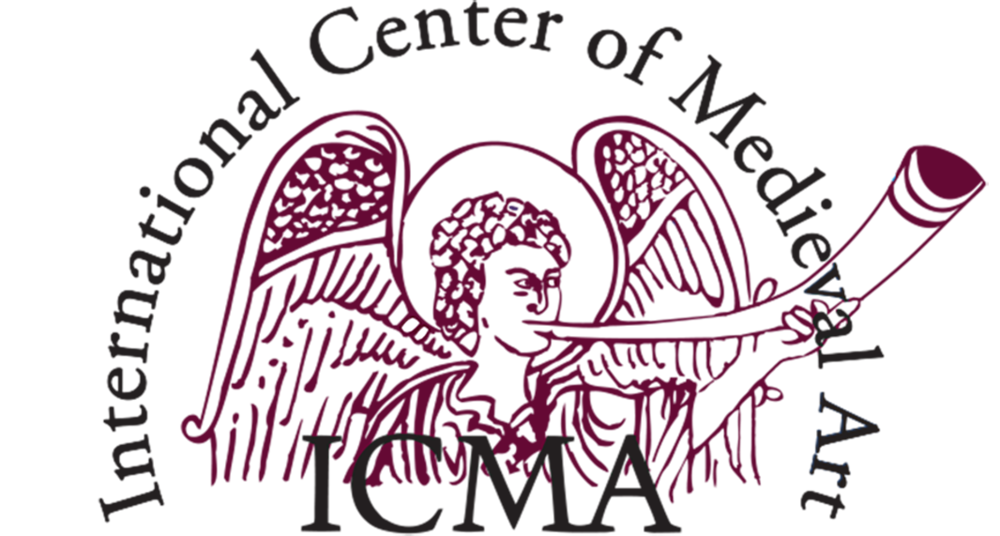GCMS Hybrid PGR Conference 2024
Saints & Angels
The Graduate Centre for Medieval Studies, University of Reading
14 March 2024 (In-Person & Online)
In an early ninth century English prayerbook believers were encouraged to pray to Cherubim and Seraphim for strength and health. Late antique and early medieval Christians were advised both to approach angels in prayer and to follow their example as role models in leading virtuous lives.
Meanwhile assistance could also be sought from the saints, who were perhaps easier to identify with as fellow human beings, and the High Middle Ages saw the rise of the cult of the saints. Litanies listed the many saints and a number of named angels, along with the whole heavenly host, in supplication.
Despite their very different origins, both saints and angels played an important role in the psyche of medieval people. The focus of this conference will be on the lived experience of believers and how saints and angels were encountered in medieval life, and how they influenced beliefs and actions. The ways in which different members of the company of heaven were sought for intercession and protection will be explored. Taking an interdisciplinary approach, we hope to shed new light on the roles of both saints and angels.
To book online tickets, click here.
To book in-person tickets, click here.
PROGRAMME
9:15-9:30AM GMT/5:15-5:30AM ET Registration
9:30-9:45AM GMT/ 5:30-5:45AM ET Welcome - Prof. R. Rist, University of Reading
9:45-11:00AM GMT/5:45-7:00AM ET Session 1 Angels - their roles.
Verity Bruce, University of Exeter, The Great Prince? St. Michael Archangel's Masculinity and Saintly Gender Performance
Tracy Silvester, University of Reading, Guardian of the Faithful and the Perfect Christian Champion: St. Michael’s Crucial Role in the Individual’s Fight Against Sin
Christopher Simonson, University of Missouri-Columbia, Angels and AI: The Genesis of Artificial Intelligence and Its Parallels with the Designs of the Divine
11:00-11:30AM GMT/ 7:00-7:30AM ET Break
11:30AM-12:45PM GMT/7:30-8:45AM ET Session 2 Angels - their representation.
Natasha Coombes, UWTSD Lampeter, Everyday Angels
Emily Metcalf-Corrison, University of Aberdeen, The Hours of the Guradian Angel and the Bridgettines
Dr. Hana Buer & Dr. Bettina Ebert, Museum of Archaeology, University of Stavanger, Norway, From Heaven S(c)ent. Revealing Angels on the Ceiling on St. Swithun’s Cathedral.
12:45-1:45PM GMT/ 8:45-9:45AM ET Lunch
1:45-3:05PM GMT/9:45-11:05AM ET Session 3 Saints - their roles and relics
Stephen Evans, University of Reading, St. Christopher: An exemplar as well as a Protector?
Dr. Frances Cook, University of Reading, Encountering St. Margaret in Antioch in Parish Churches in the Middle Ages
Luiz Octávio Lima de Mello, Universidade Federal Fluminense (UFF-Brasil), ‘Con piedoso latrocinio Io sacó’ - an analysis of the Ibrerian Furta-Sacra
3:05-3:20PM GMT/11:05-11:20AM GMT Break
3:20-4:30PM GMT/11:20AM-12:30PM GMT Session 4 Saints and the natural world
Scott Royle, Concordia University, Montreal, The Inheritance of Wind Miracles by bede from the Irish hagiographer Adomnán
Caroline Bourne, University of Reading, Seeking Intercession for Love: Holy Wells and Female Agency
4:30PM GMT/12:30PM ET Close




















